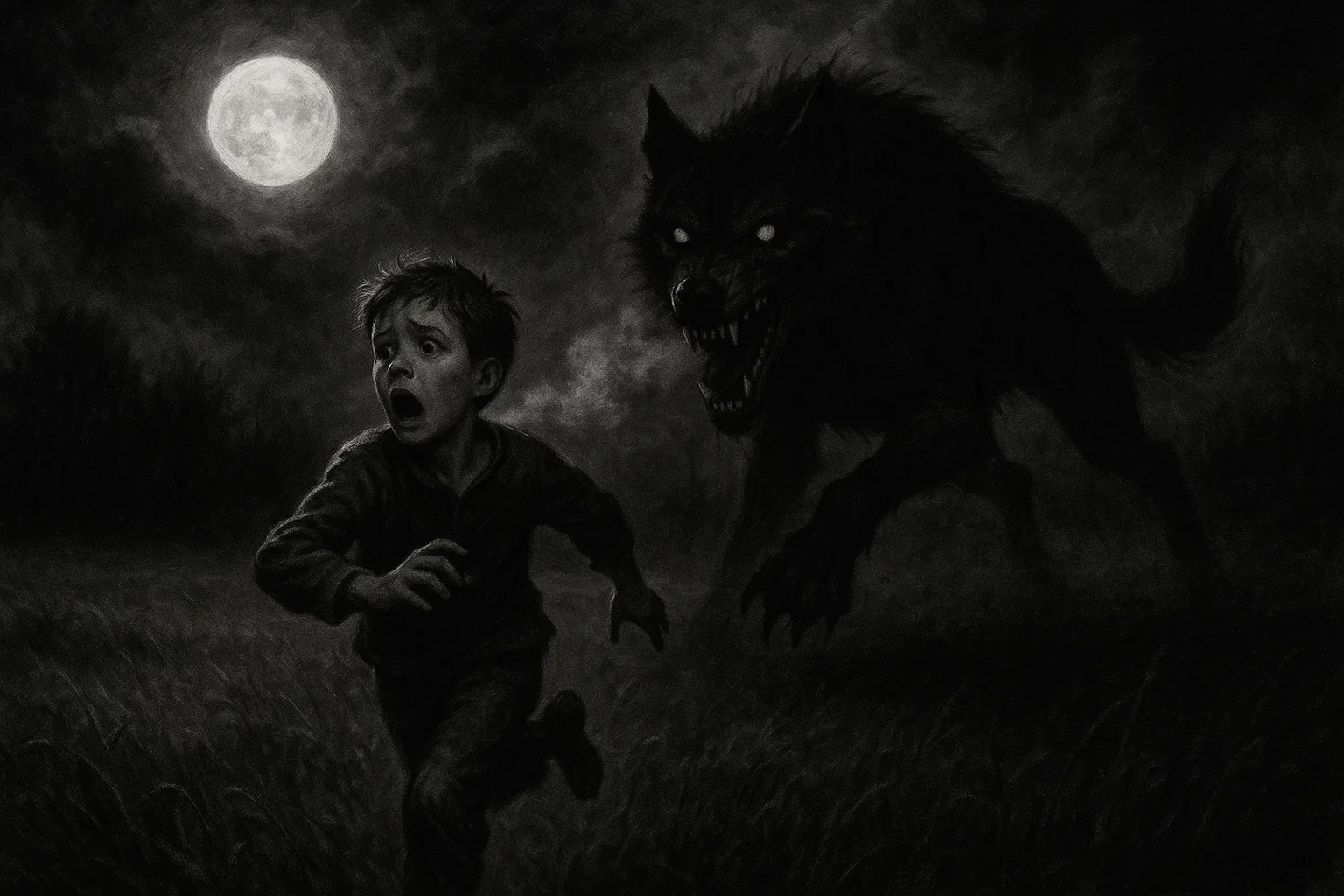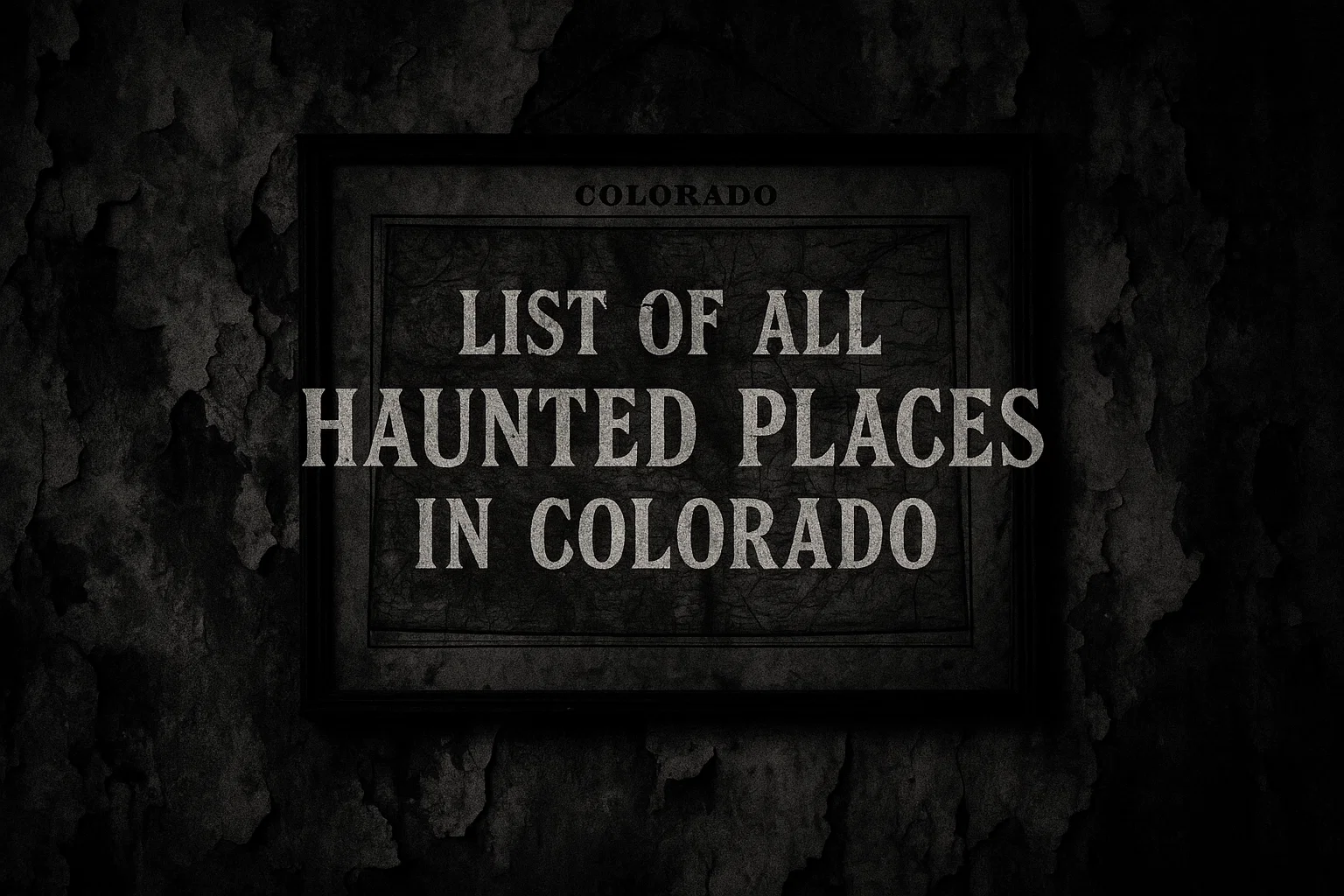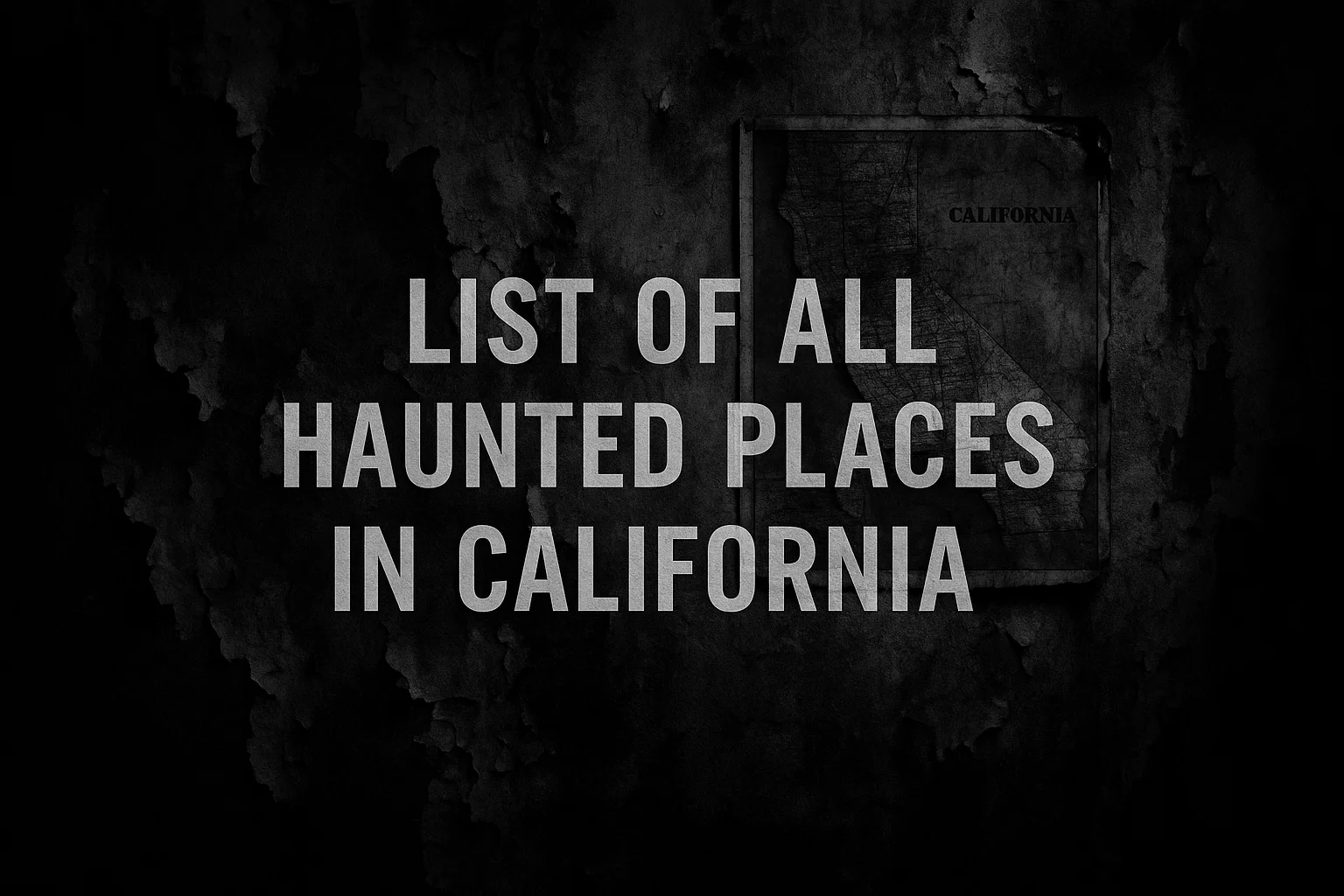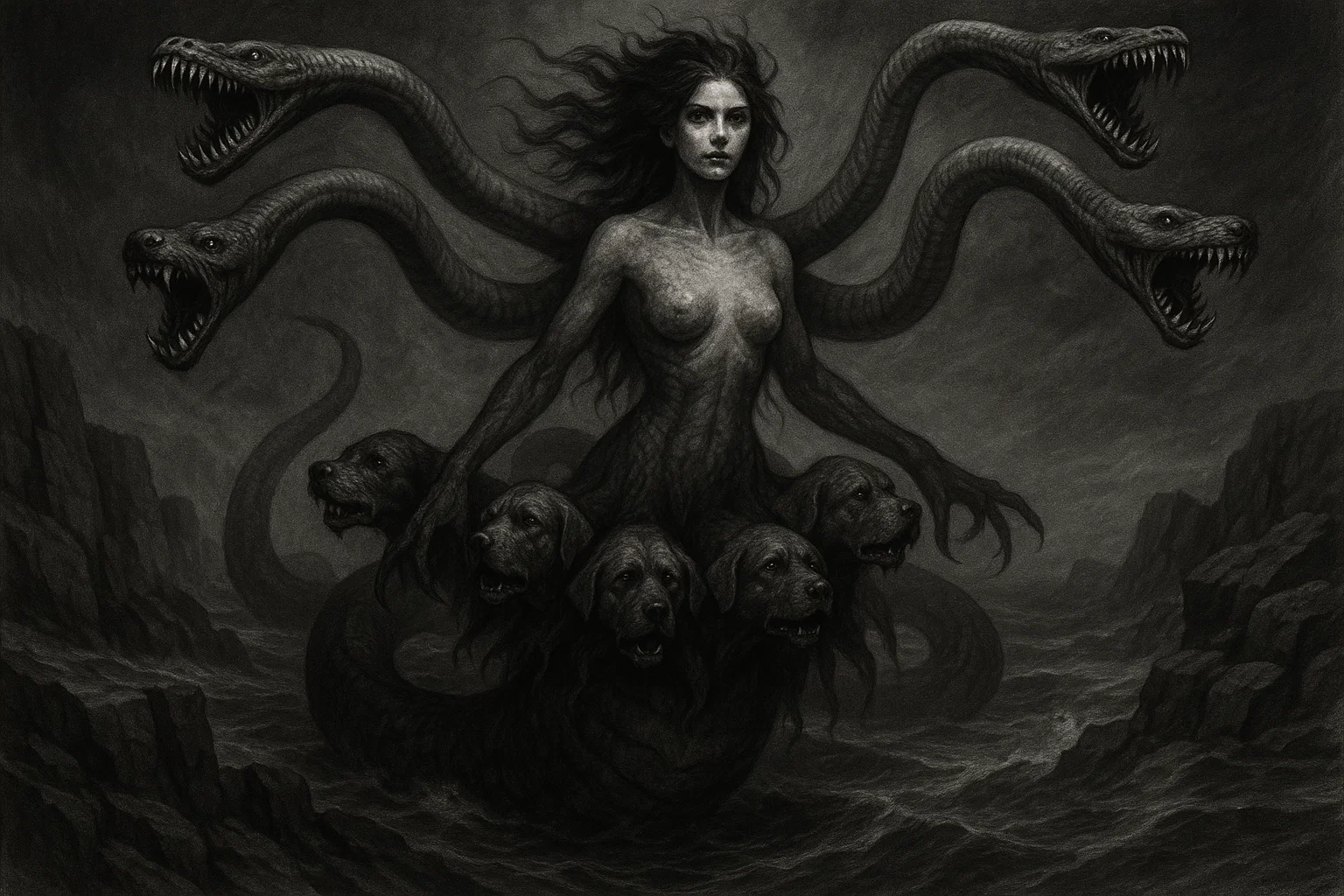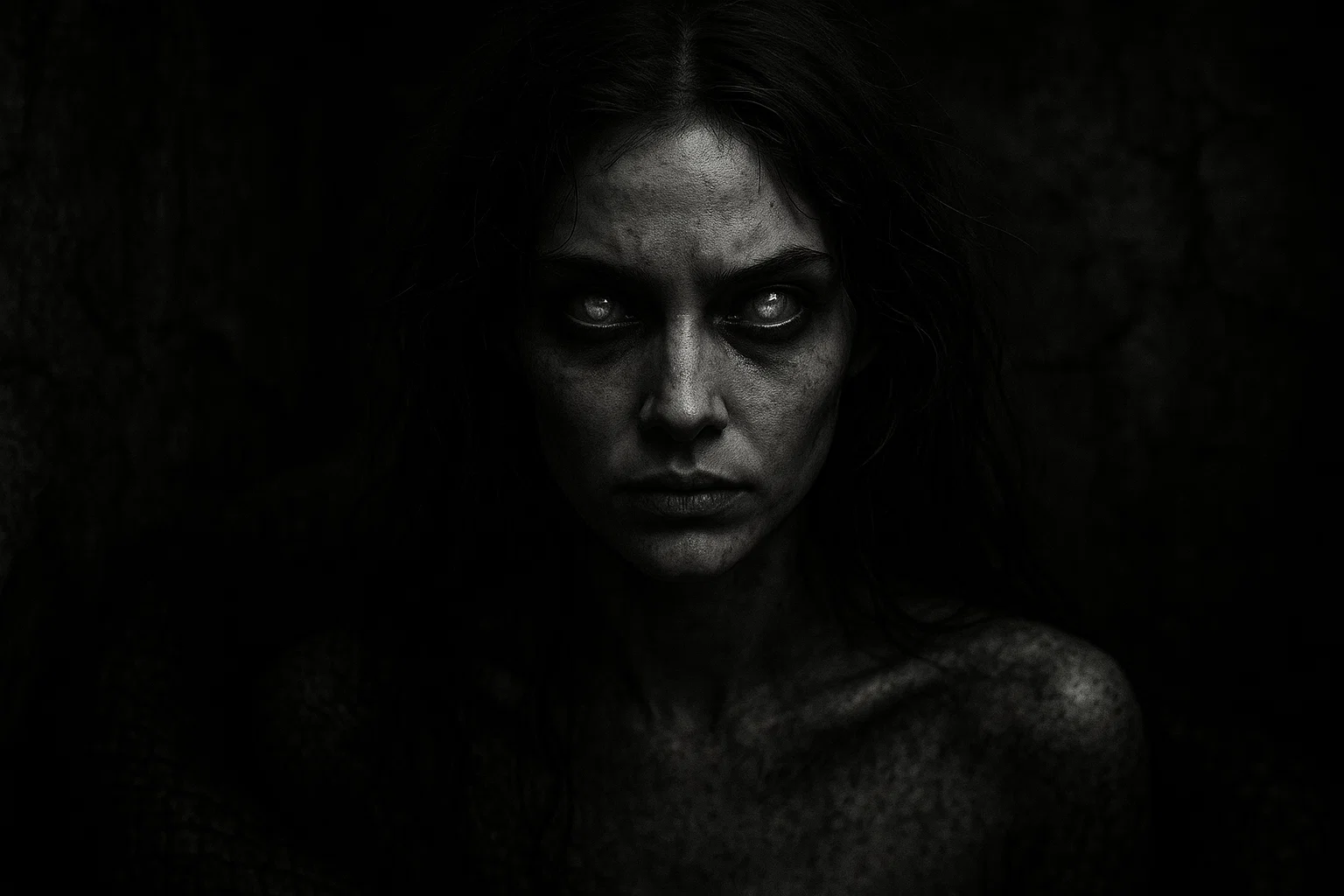The Beast of Gévaudan (La Bête du Gévaudan) is one of history’s most enigmatic and blood-chilling mysteries, a ferocious predator that terrorized the Margeride Mountains of south-central France from 1764 to 1767.
Across the rugged moors and shadow-draped forests of Gévaudan—now part of Lozère and Haute-Loire—this elusive creature or pack killed an estimated 100–113 people, primarily women and children, and injured nearly 300, leaving mangled remains that sparked paralyzing hysteria.
Its savage attacks, marked by throat-ripping, head-devouring brutality, gripped France, reaching the opulent halls of Versailles.
Despite relentless hunts involving soldiers, hunters, and King Louis XV’s emissaries, the beast’s identity—likely a large wolf or wolf pack, though theories include exotic animals or supernatural entities—remains shrouded in mystery.
Summary
Overview
| Aspect | Details |
|---|---|
| Name | Beast of Gévaudan (La Bête du Gévaudan) |
| Location | Margeride Mountains, Gévaudan (modern Lozère, Haute-Loire), France; 90×80 km area |
| Time Period | June 1764–June 1767 (primary attacks) |
| Identity | Unknown; likely a large wolf or wolf pack; theories include hyena, lion, wolfdog |
| Crimes | ~210 attacks; 100–113 deaths, 49 injuries; mauled, partially devoured victims |
| Victims | Primarily women and children (aged 6–60); shepherds, farmers; ~98 eaten |
| Modus Operandi | Ambushed victims with claws and fangs, often decapitating or disemboweling |
| Discovery | First attack reported spring 1764 near Langogne; Jeanne Boulet’s death on 30 June 1764 |
| Witnesses | Étienne Lafont, Jean Baptiste Duhamel, Jacques Portefaix, Marie-Jeanne Vallet, villagers |
| Key Figures | Louis XV, François Antoine, Jean Chastel, Bishop Gabriel-Florent de Choiseul-Beaupre |
| Primary Sources | Courrier d’Avignon, parish records, Marin Report, Antoine’s letters, Boguet’s notes |
| Secondary Sources | Jean-Marc Moriceau’s La Bête du Gévaudan (2008), Jay M. Smith’s Monsters of the Gévaudan (2011) |
Historical Context
In 1764, Gévaudan was a remote wilderness of craggy hills, sparse groves, and wind-lashed moors, home to hardscrabble peasants who herded sheep and cattle.
The Seven Years’ War (1756–1763) had left France economically battered, with tax burdens crushing rural communities. Wolves, a pervasive scourge, killed thousands across Europe, per Jean-Marc Moriceau’s research, with famine driving them closer to villages.
The witch-hunt era’s waning paranoia lingered, with lycanthropy tales like Peter Stumpp’s (1589) fueling superstitious dread. The Courrier d’Avignon and Parisian gazettes spread the beast’s infamy, transforming a local tragedy into a national obsession.
What Was the Beast of Gévaudan?
The Beast of Gévaudan was not a human but a mysterious creature or group of creatures that defied 18th-century understanding. Described as a monstrous predator, it was larger than any known wolf, with tawny fur, dark stripes, a tufted tail, and a calf-like snout.
Its preternatural traits—bullet-repelling hide, fiery eyes, and leaping prowess—fed supernatural speculation, with villagers whispering of a wilkołak (werewolf) or diabolical beast.
Unlike werewolf trials naming individuals, no human was accused, amplifying the beast’s spectral menace. Its ubiquity across Gévaudan’s vast terrain suggested multiple animals or a single, relentless predator.
The beast’s anonymity and savage ferocity made it a symbolic embodiment of uncontrollable chaos, haunting the collective psyche of a fearful nation.
You May Also Like: Swiatek: Murder, Cannibalism, and a Wolf’s Curse
Beast of Gévaudan’s Story
The beast’s reign of terror began in spring 1764 near Langogne, when a young woman, Marguerite Vallet, survived an attack, her cattle repelling a wolf-like creature with bristling fur.
The first confirmed kill was on 30 June 1764, when Jeanne Boulet, a 14-year-old shepherdess, was found near Les Hubacs, her throat gashed and chest ripped open.
Her mangled corpse, buried without sacraments, marked the beast’s ghastly debut. From 1764 to 1767, it struck across a 90×80 km area, with 210 attacks, 113 deaths, and 49 injuries, per a 1987 study.
Victims, often lone shepherds or children, were mauled with gaping wounds, many partially devoured.
Comprehensive table of documented Beast of Gévaudan kills and attacks:
| Date and Location | Victim Name | Age/Sex | Details of Attack |
|---|---|---|---|
| Spring 1764, near Langogne | Marguerite Vallet | Adult/F | Ambushed while herding cattle; beast lunged with snarling jaws. Cattle repelled it, leaving tattered cloak with claw gashes. Vallet reported the ferocious assault to villagers, her trembling voice sparking early alarm. |
| 30 Jun 1764, Les Hubacs, near Langogne | Jeanne Boulet | 14/F | Throat torn, chest ripped open, ribcage splintered. Found blood-drenched in a field by Father Michel Roux (priest), her mangled corpse barely recognizable, buried without sacraments. |
| 8 Aug 1764, Allier valley, near Paulhac | Marie Fournier | 14/F | Throat savagely gashed, abdomen eviscerated, entrails strewn like ghastly garlands. Pierre Roux (shepherd) discovered her gore-soaked remains at dawn, his horrified screams alerting neighbors. |
| 15 Sep 1764, near Saugues | Jean Valet | 12/M | Pounced by beast with jaws snapping. Valet fought with a stick, sustaining deep claw marks on arm. He escaped into a thicket and reported the terrifying ordeal to his family, bearing livid scars. |
| 12 Jan 1765, Villaret | Jacques Portefaix & 7 children | 8–13/M&F | Beast charged with snarling fangs. Portefaix rallied group, repelling it with sticks and stones. Minor scratches reported, recounted by Portefaix to village elders, earning royal praise for their bravery. |
| 11 Feb 1765, Le Malzieu | Catherine Viguier | 12/F | Head crushed, limbs gnawed, face half-eaten. Antoine Viguier (father) found her pile of bones in a blood-soaked field, viscera scattered, his anguished cries echoing through the hamlet. |
| 20 Apr 1765, near Chanaleilles | Marguerite Chastel | 16/F | Neck severed, face mutilated, eye sockets emptied. Claude Fournier (villager) discovered her gore-drenched remains at dawn, the ghastly sight sparking village panic. |
| 11 Aug 1765, Auvers | Marie-Jeanne Vallet | 20/F | Wounded beast with a spear during a frenzied attack. Sustained deep gashes but drove it off, earning Maid of Gévaudan title. Vallet recounted her heroic struggle to villagers, her bloodied spear as proof. |
| 2 Sep 1765, near Saint-Flour | Pierre Besson | 10/M | Disemboweled, intestines dangling like crimson ribbons. Anne Besson (sister) witnessed the savage mauling, her screams drawing a futile rescue, leaving his gory heap in the field. |
| 2 Dec 1765, near Saugues | Jean Roux & Paul Fournier | 6/M, 12/M | Ambushed by beast; Paul fought with a knife, saving brother. Both bore deep gashes on arms and legs. Paul reported the harrowing assault to militia, his blood-soaked clothes testifying to their ordeal. |
| 18 Jun 1767, Lesbinières | Jeanne Bastide | 19/F | Head ripped off, torso torn open, shattered ribs exposed. Guillaume Valet (farmer) found her butchered remains in a pasture, the blood-soaked scene reigniting regional terror. |
| Early 1765, near Mende | Unnamed Boy | ~10/M | Throat slashed, chest mauled. A local shepherd found him partially devoured in a moonlit field, bones splintered, the ghastly discovery fueling village dread. |
| Mar 1765, Saint-Chély-d’Apcher | Unnamed Girl | ~15/F | Decapitated, limbs torn. Village women discovered her gore-streaked body near a stream, flesh shredded, their horrified wails spreading panic. |
| Jul 1765, near Marvejols | Unnamed Woman | Adult/F | Abdomen ripped, organs spilled. A farmer found her mangled corpse in a thicket, blood pooling, the gruesome find silencing the market. |
| Oct 1765, near La Besseyre-Saint-Mary | Unnamed Child | ~8/M | Face eaten, skull cracked. A local hunter discovered his tattered remains by a stream, claw marks deep in flesh, sparking renewed fear. |
| Feb 1766, near Saint-Alban-sur-Limagnole | Unnamed Shepherd | Adult/M | Throat gouged, chest clawed open. Village militia found his blood-soaked body in a pasture, entrails exposed, the horrid sight rallying hunters. |
| May 1766, near Chanaleilles | Unnamed Girl | ~12/F | Head severed, torso eviscerated. A local priest found her gory remnants in a forest clearing, bones gnawed, his prayers echoing in despair. |
| Nov 1766, near Saugues | Unnamed Boy | ~9/M | Limbs torn, chest ripped. A farmer found him partially eaten in a field, blood-drenched grass, the ghastly scene stoking militia patrols. |
| Apr 1767, near Paulhac | Unnamed Woman | Adult/F | Throat torn, abdomen slashed. A shepherd discovered her mutilated corpse in a meadow, viscera scattered, his shouts drawing villagers. |
Early Activity and Escalation
By late 1764, the beast’s savagery intensified, targeting vulnerable individuals in isolated fields.
On 8 August 1764, a 14-year-old girl, Marie Fournier, was killed in the Allier valley near Paulhac. Her throat was torn out, and her abdomen was eviscerated, with entrails strewn across the grass.
A shepherd, Pierre Roux, found her blood-soaked remains at dawn, his horrified screams alerting villagers. On 15 September 1764, Jean Valet, a 12-year-old boy, was attacked near Saugues.
The beast pounced, its jaws snapping, but Valet’s flailing stick drove it off, leaving claw marks on his arm.
On 12 January 1765, Jacques Portefaix, aged 12, and seven children (aged 8–13) faced the beast in Villaret. The creature, with snarling fangs, charged, but Portefaix rallied the group, using sticks and stones to repel it. Their heroic stand earned royal rewards, including 300 livres from Louis XV.
On 11 February 1765, Catherine Viguier, a 12-year-old girl, was killed in Le Malzieu. Her head was crushed, and her limbs were gnawed, leaving a pile of bones discovered by her grief-stricken father, Antoine Viguier.
Peak Terror (Spring–Summer 1765)
By spring 1765, the beast’s audacity grew, striking daylight hamlets. On 20 April 1765, Marguerite Chastel, a 16-year-old shepherdess, was killed near Chanaleilles.
Her neck was severed, and her face was half-eaten, with eye sockets empty. Villagers, led by Claude Fournier, found her gore-drenched body, sparking village panic.
On 11 August 1765, Marie-Jeanne Vallet, a 20-year-old from Auvers, wounded the beast with a spear, earning the title Maid of Gévaudan. Her courageous strike left the creature limping, but it escaped into the shadowy woods.
On 2 September 1765, Pierre Besson, a 10-year-old boy, was attacked near Saint-Flour. The beast disemboweled him, leaving his intestines dangling like crimson ribbons.
His sister, Anne Besson, witnessed the frenzied mauling, her screams drawing a futile rescue. The relentless carnage—often decapitating victims or drinking their blood—cemented the beast’s monstrous reputation.
You May Also Like: Children Vanished: The Werewolf of Eschenbach Case
Final Attacks (1766–1767)
After François Antoine’s kill of Le Loup de Chazes on 20 September 1765, attacks resumed, suggesting multiple beasts.
On 2 December 1765, two boys, Jean Roux (6) and Paul Fournier (12), were attacked near Saugues. Paul fought with a knife, saving his brother, though both bore deep gashes.
On 18 June 1767, Jeanne Bastide, 19, was killed in Lesbinières. Her head was ripped off, and her torso was torn open, leaving shattered ribs exposed. A farmer, Guillaume Valet, found her butchered remains, igniting renewed terror.
Discovery and Community Response
The beast’s first attack was reported by Marguerite Vallet in spring 1764, her tattered cloak bearing claw marks. Jeanne Boulet’s mutilated body on 30 June 1764, found by village priest Father Michel Roux, sparked initial alarm.
By late 1764, parish records noted frequent burials, with gore-soaked remains overwhelming gravediggers. Villagers like Étienne Lafont, a local official, reported spectral sightings of a colossal beast, its howls chilling the moonlit nights.
The community’s response was frantic. Parents barricaded children indoors, and armed patrols, led by militia captain Claude Bisset, roamed with muskets and blessed silver.
On 15 December 1764, Bishop Gabriel-Florent de Choiseul-Beaupre issued a commandment for prayers and penance, urging villagers to purge sin. Taverns fell silent, and markets dwindled as fear gripped Gévaudan.
The national press, including the Courrier d’Avignon, fueled hysteria, with engravings depicting gory attacks.
The Hunts
The government’s response was unprecedented. In October 1764, Captain Jean Baptiste Duhamel led 57 dragoons, organizing 40,000 villagers in mass hunts, but local distrust hindered efforts.
On 8 January 1765, Jean Charles Marc Antoine Vaumesle d’Enneval and his son arrived with bloodhounds, killing dozens of wolves without success.
In June 1765, François Antoine, the king’s gun-bearer, took charge, killing Le Loup de Chazes on 20 September 1765 near Saugues.
The 56-kg wolf, stuffed and displayed at Versailles, failed to stop attacks.
On 19 June 1767, Jean Chastel, a local hunter, killed a second wolf at Mont Mouchet during a hunt organized by Marquis d’Apcher. His silver bullet, allegedly blessed, struck the beast, ending the carnage.
The Marin Report, drafted by notary Roch Étienne Marin, described a canid with unusual teeth and long fur, fueling speculation.
Beast of Gévaudan’s Werewolf Trial
Unlike werewolf witch trials (e.g., Peter Stumpp or Gilles Garnier), the Beast of Gévaudan faced no trial, as it was an animal or group of animals, not a human accused of lycanthropy. No interrogations or torture occurred, but the relentless hunts and killings served as a communal judgment.
Capture Efforts
The first hunt began in July 1764, after Jeanne Boulet’s death, with village militias tracking the beast near Langogne. Armed with muskets and pitchforks, they found claw marks but no prey.
By October 1764, Duhamel’s dragoons scoured forests, setting traps with poisoned bait. On 15 November 1764, a trap near Paulhac caught a large wolf, but attacks continued, suggesting multiple beasts.
In February 1765, the d’Ennevals used bloodhounds trained in Normandy, but harsh terrain and villager sabotage—fearing tax hikes—thwarted them.
François Antoine, arriving in June 1765, deployed wolf pits and scent trails, killing Le Loup de Chazes on 20 September. The carcass, riddled with bullet holes, was dissected, revealing human bones in its stomach, per Antoine’s report.
Final Kill and Aftermath
On 19 June 1767, Jean Chastel’s hunt at Mont Mouchet culminated in the beast’s death. Chastel, armed with a musket and silver bullets, shot a 60-kg wolf-like creature.
Its pelt was matted with blood, and its jaws bore jagged teeth. The autopsy, conducted by Roch Étienne Marin, found human flesh in its gut, including cloth scraps. The carcass, stinking of decay, was paraded through Gévaudan, then sent to Versailles, where it rotted due to poor preservation.
You May Also Like: Who Was the Werewolf of Klein-Krams?
Beast of Gévaudan vs. Other Werewolves
| Werewolf Case | Region | Period | Accusation Details | Unique Element |
|---|---|---|---|---|
| Peter Stumpp | Bedburg, Germany | 1589 | Killed 16, used magical belt; broken on wheel. | Massive victim count; elaborate execution with wheel and beheading. |
| Gilles Garnier | Dole, France | 1573 | Ate four children; demonic aid; burned at stake. | Famine-driven cannibalism; hermit lifestyle. |
| Werewolves of Poligny | Poligny, France | 1521 | Three men ate children; devil’s ointment; burned at stake. | Group accusation; early ointment use. |
| Jean Grenier | Bordeaux, France | 1603 | Boy attacked children; wolfskin gift; imprisoned as insane. | Youthful accused (14); insanity plea spared execution. |
| Jacques Roulet | Angers, France | 1598 | Killed boy; salve transformation; deemed insane, not executed. | Insanity defense; found blood-covered. |
| Thiess of Kaltenbrun | Livonia, Estonia | 1692 | Fought devils as werewolf; whipped, banished. | Benevolent werewolf; claimed God’s Hound. |
| Auvergne Werewolf | Auvergne, France | 1558 | Woman transformed via occult ritual; burned at stake. | Transformed paw motif; female accused. |
| Hans the Werewolf | France | 1582 | Livestock attacks; confessed, executed. | Obscure case; rural livestock focus. |
| Werewolf of Châlons | Châlons, France | 1598 | Lured children; cannibalism; burned at stake. | Infamous cannibal; records destroyed. |
| Manuel Blanco Romasanta | Galicia, Spain | 1853 | 13 murders; lycanthropy claim; life imprisonment. | Modern psychological defense; Spain’s serial killer. |
Was the Beast of Gévaudan a Real Werewolf?
The Beast of Gévaudan was not a literal werewolf but a real predator or group of predators, likely large wolves, whose savagery was mythologized into lycanthropic lore.
The case is grounded in historical records, but superstitious embellishments cloud the truth.
Historical Sources:
- Courrier d’Avignon (1764–1767): Reported attack details, eyewitness accounts, and hunt progress, amplifying national panic.
- Parish Records: Documented victim burials, e.g., Jeanne Boulet’s on 30 June 1764, noting mutilated bodies.
- Marin Report (1767): Described Chastel’s wolf as a canid with unusual teeth, long fur, and human remains in its stomach.
- François Antoine’s Letters (1765): Detailed the Loup de Chazes kill, noting its 56-kg frame and human bones.
- Jean-Marc Moriceau’s La Bête du Gévaudan (2008): Analyzes 9,000 wolf attacks in France, framing the beast as a wolf pack.
- Jay M. Smith’s Monsters of the Gévaudan (2011): Explores media frenzy and cultural paranoia.
- Henri Boguet’s Notes: Linked the beast to lycanthropy, reflecting demonological bias.
Accuracy and Inaccuracies
The Beast of Gévaudan’s reign of terror from 1764 to 1767 is well-
documented through parish registers, official reports, and contemporary gazettes, providing a reliable foundation for its attack toll.
A 1987 study, corroborated by Jean-Marc Moriceau’s La Bête du Gévaudan (2008), confirms 210 attacks, with 113 deaths and 49 injuries, primarily affecting women and children in Gévaudan’s windswept moors.
Victim descriptions—throats savagely torn, abdomens eviscerated, heads crushed—align with canid predation, as seen in Jeanne Boulet’s mangled corpse on 30 June 1764, her ribcage splintered and blood-drenched remains buried without sacraments.
These grisly details, recorded by priests like Father Michel Roux, match wolf attack patterns, with bite marks and claw gashes consistent across autopsied bodies.
Physical evidence further anchors the case. The Loup de Chazes, killed by François Antoine on 20 September 1765, was a 56-kg canid with matted tawny fur.
Its autopsy, detailed in Antoine’s letters, revealed human bones and cloth scraps in its stomach, confirming carnivorous predation. Similarly, Jean Chastel’s wolf, shot on 19 June 1767 at Mont Mouchet, weighed 60-kg, with jagged teeth and long fur.
The Marin Report, drafted by notary Roch Étienne Marin, noted human flesh in its gut, alongside unusual dental structure, suggesting a robust predator. These carcasses, paraded through Gévaudan and displayed at Versailles, were tangible proof of real animals, not phantoms.
However, supernatural embellishments cloud the narrative, driven by village hysteria and 18th-century paranoia.
Claims of a bullet-proof hide, as reported by Étienne Lafont, or hind-leg walking, per Jean Baptiste Duhamel’s accounts, are folkloric exaggerations, likely fueled by fearful imaginations under moonlit skies.
Witnesses described fiery eyes and leaping prowess, attributing diabolical powers to the beast, with some whispering of a wilkołak or Satanic agent. These fantastical traits lack physical corroboration, reflecting the lingering echoes of witch-hunt fears from cases like Peter Stumpp (1589).
Unique theories specific to the Beast of Gévaudan abound, each diverging from generic werewolf explanations. One peculiar hypothesis posits the beast as a Chastel family pet, a trained wolfdog loosed for sadistic sport.
This stems from Jean Chastel’s final kill, with villagers like Claude Fournier noting his calm demeanor and blessed silver bullet, suggesting prior familiarity. No evidence supports this, as autopsies found no training marks, but local grudges against the reclusive Chastels fueled suspicion.
Another distinctive theory suggests a mutated wolf, adapted to Gévaudan’s harsh terrain. Guillaume Valet, a farmer, reported the beast’s unusual size and striped markings, hinting at a genetic anomaly.
Modern zoologists dismiss this, citing stable canid genetics, but 18th-century ignorance of biology made it plausible.
A singular conjecture links the beast to an escaped menagerie animal, possibly a subadult lion or striped hyena, owned by a nobleman like Marquis d’Apcher.
Antoine Viguier’s description of a leopard-like body and tufted tail supports this, but logistical barriers—transporting an exotic predator to remote Gévaudan—render it improbable. A bizarre local tale claims the beast was a cursed relic, a demon-bound wolf unleashed by a heretical priest.
Father Michel Roux’s sermons referenced diabolical signs, but this mythic narrative lacks substantiation. Theories of a serial killer, as speculated by Marie-Jeanne Vallet, are unfounded, as no human culprit was identified, and bite patterns were non-human.
These unique speculations, rooted in Gévaudan’s cultural milieu, distinguish the case from generic lycanthropy claims, reflecting local anxieties rather than broad superstition.
You May Also Like: Who Were the Werewolves of Greifswald?
Modern Analysis
Contemporary scholars, including Jean-Marc Moriceau and Jay M. Smith, lean toward a wolf pack as the most plausible explanation, citing behavioral patterns and autopsy findings. Wolves were abundant in Gévaudan, with Moriceau estimating 9,000 attacks in 18th-century France.
The beast’s ambush tactics—pouncing on lone shepherds, mauling throats—mirror canid predation, per François-Louis Pelissier’s zoological studies.
The resumption of attacks after the Loup de Chazes kill in 1765 supports the multiple beast hypothesis, as does the geographic spread across 90×80 km. Parish records show clustered attacks, suggesting coordinated pack behavior.
Clinical lycanthropy, a psychiatric disorder where individuals believe they transform into animals, is irrelevant, as no human was accused. Rabies is unlikely, as victims showed no bite infections or hydrophobic symptoms, per medical analyses in Smith’s Monsters of the Gévaudan (2011).
The exotic animal theory—e.g., a subadult lion or striped hyena—is tenuous. Karl-Hans Taake’s lion hypothesis cites the beast’s mohawk-like stripe, but zoological improbability and absence of menagerie records weaken it. Hyena theories, based on Lafont’s calf-like snout, falter due to climatic mismatch and rarity in Europe.
Unique theories for the Beast of Gévaudan offer intriguing perspectives. The Italian wolf hypothesis, proposed by Pelissier, suggests a Canis lupus italicus migrant, with larger size and darker markings. This aligns with Duhamel’s leopard-like description but lacks genetic evidence, as wolf migrations were untracked.
A local theory posits a hybrid predator, a wolf-dog cross bred by poachers like Pierre Roux. Anne Besson’s account of unusual agility supports this, but autopsies showed pure canid traits.
Another distinct speculation is the environmental adaptation theory, where famine drove wolves to hyper-aggressive behavior. Marguerite Chastel’s mutilated remains suggest starvation-driven attacks, but normal wolf behavior includes human predation in crisis.
A rare conjecture links the beast to geopolitical sabotage, a deliberate release of trained predators to destabilize Gévaudan post-Seven Years’ War. Claude Bisset’s militia reports hint at organized resistance, but no political motive or training evidence exists.
The Chastel conspiracy theory, unique to this case, persists, with Marie Fournier’s descendants claiming Jean Chastel orchestrated attacks for profit. His silver bullet and calm kill fuel this, but autopsy findings refute domestication.
These case-specific theories, rooted in Gévaudan’s social tensions and rural isolation, contrast with generic werewolf tales, reflecting 18th-century anxieties over nature and authority.
The beast’s mythic status stems from communal trauma. Silver bullet tales, absent in 1767 records, emerged in 19th-century folklore, per Moriceau.
The media frenzy, driven by gazettes like the Courrier d’Avignon, amplified supernatural fears, transforming a zoological tragedy into a national legend. The Beast of Gévaudan remains a mirror of human dread, its elusive identity a testament to the enduring power of mystery.
Conclusion
The Beast of Gévaudan is a haunting enigma, its savage legacy etched in French history. Likely a wolf pack, its mythic aura—fueled by hysteria and media—transcends zoological truth. The tragic toll—over 100 lives—underscores the primal fear of predation, a timeless terror that continues to mesmerize.

